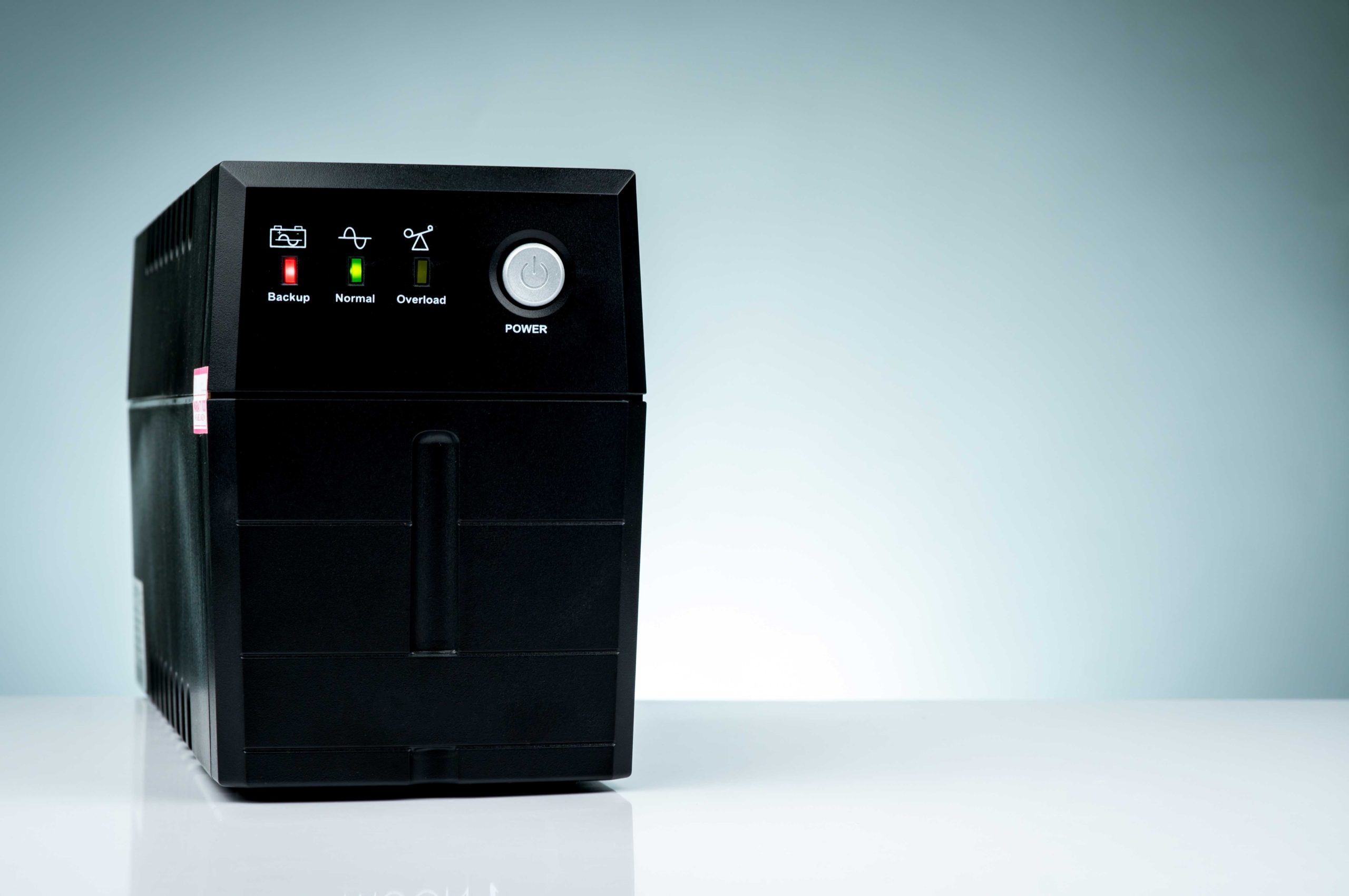Have you ever wondered what keeps your computer running during a power outage? That’s where an Uninterruptible Power Supply (UPS) system comes in. These devices protect your electronics from unexpected power disruptions, but many people don’t know what happens inside them.
In this article, I’ll break down the key components of a UPS system, from batteries to inverters, so you can understand how they work together to keep your devices safe. Whether you’re a tech enthusiast or just curious, you’ll understand what makes these systems tick.
Definition and Purpose of UPS Systems
A UPS (Uninterruptible Power Supply) system provides backup power and protection for electronic devices during power outages. It keeps computers, servers, and other important equipment operational when the main power fails. I remember the time our office experienced a sudden blackout. Our workstations stayed on thanks to the UPS power, saving us from losing critical data.
A UPS system minimizes disruptions, ensuring smooth operations. It helps orderly shutdowns prevent data loss and hardware damage and often includes surge protection and voltage regulation to shield against power fluctuations.
- Backup Power: Ensures devices remain operational during power outages, providing uninterrupted functionality and preventing data loss. It’s essential for maintaining productivity and safeguarding sensitive equipment from unexpected shutdowns.
- Data Protection: Safeguards against data corruption or loss, ensuring information remains intact and secure. It prevents unauthorized access, preserving the integrity and availability of critical data for personal and business use.
- Hardware Safety: Protects equipment from power surges and spikes by stabilizing the electrical flow, preventing damage to sensitive devices. This proactive shielding extends the lifespan of electronics, ensuring continuous, reliable operation.
- Operational Continuity: Ensures that productivity remains uninterrupted, even during unexpected events. By minimizing disruptions, businesses can maintain workflow, meet deadlines, and keep essential processes running smoothly. This approach reduces downtime, safeguarding overall efficiency and performance.
Choosing the right UPS system depends on your needs, such as power capacity and runtime requirements. It’s crucial for both home and business environments.
Why Is It Important to Understand the UPS Components
Understanding UPS components helps make informed decisions about selecting and maintaining a UPS system. Knowing how each part functions can prevent power failure issues.
I once experienced a sudden power outage that caused me to lose an important work document. After learning how UPS systems work, I chose a unit with sufficient UPS power to avoid future data loss.
- Informed Choices: Selecting a UPS with the right capacity and features becomes easier.
- Maintenance: Regular check-ups on batteries and inverters ensure longevity.
- Troubleshooting: Identifying component issues can reduce downtime.
- Cost Efficiency: Proper knowledge avoids unnecessary expenses on replacements.
Main Components of a UPS System
Understanding the main components of a UPS system helps choose the right one. Each part plays a vital role in maintaining continuity during power disruptions.
Rectifier
The rectifier converts AC power from the main electrical supply to DC power stored in the battery. If the utility power fails, the rectifier stops charging the battery, and the stored energy is used.
Battery
Batteries store energy to power devices when the main power supply fails. They determine the UPS’s runtime, so choosing the right battery capacity is crucial. I recall when I opted for a smaller battery, thinking it was enough, but I was left with an unexpected shortfall during an outage. Learning from this, I now emphasize checking battery specifications.
Inverter
The inverter transforms DC power from the battery back to AC power, which is required to run most electronic devices. It activates when a power failure occurs, providing a seamless transition from the battery to the connected devices without interruption.
Static Bypass Switch
The static bypass switch is a critical component that allows the UPS to bypass its internal systems if they fail. It connects the load directly to the utility power source, preventing downtime. This feature is especially important during maintenance or repair situations.
Understanding these components makes selecting and maintaining a UPS system easier, ensuring your devices stay protected and operational.
Conclusion
Understanding UPS components is crucial for selecting the right system. I once suffered data loss due to a power outage, which led me to choose a UPS with adequate capacity. Knowing the roles of the rectifier, battery, inverter, and static bypass switch helps make informed decisions and maintain operational continuity during power failures.
Discover the latest insights on Creative Released—where fresh ideas come alive!



